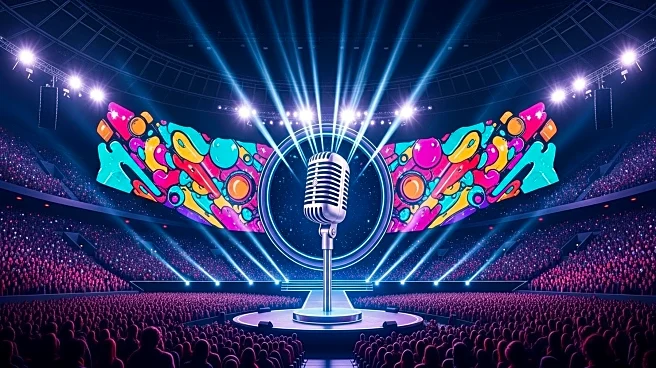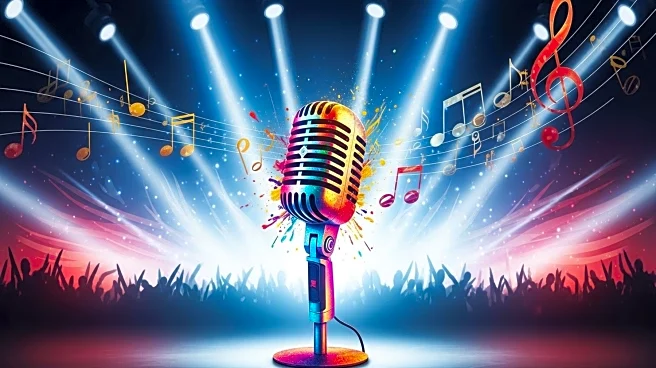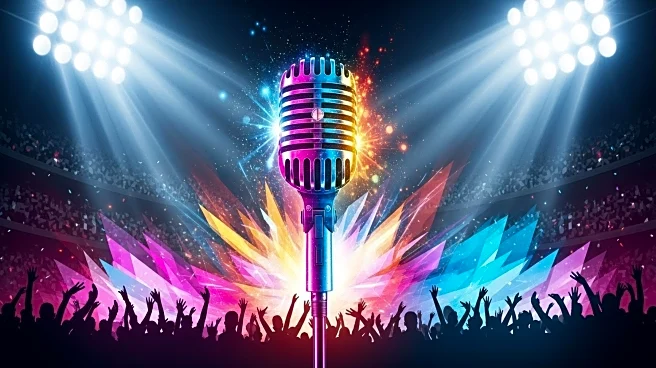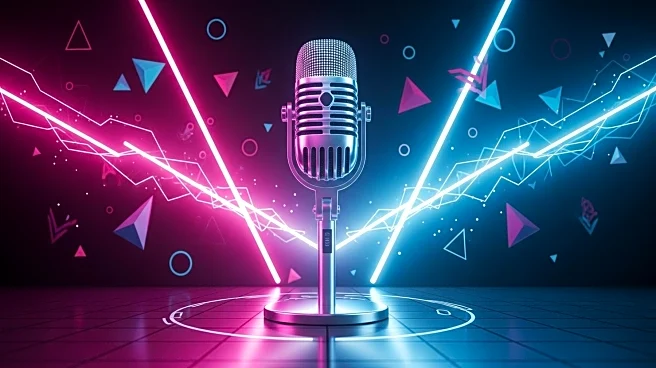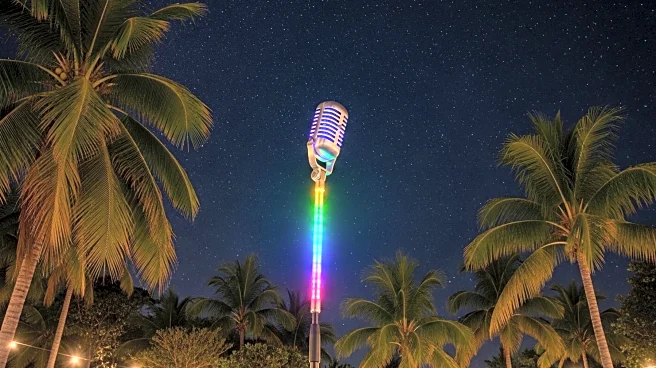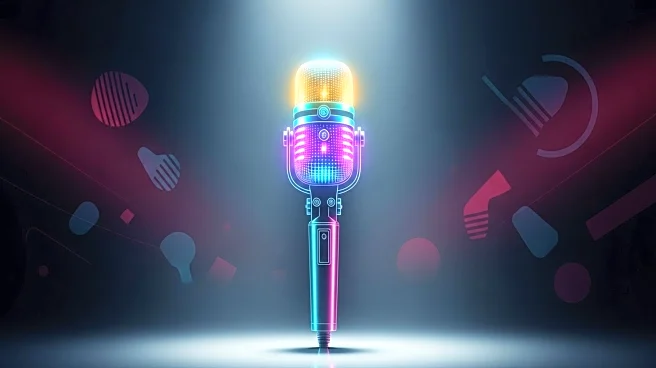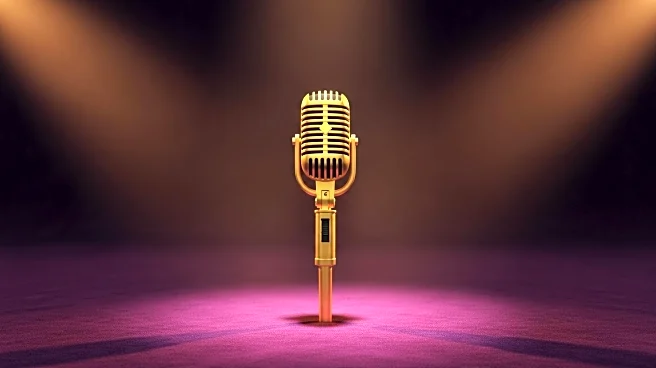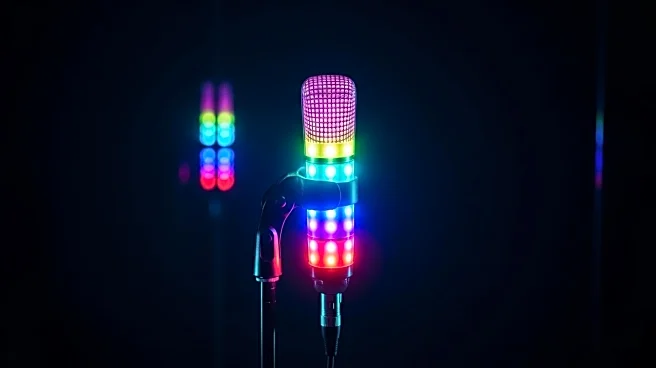What's Happening?
Bad Bunny, a multi-time Grammy Award-winning artist, has been officially announced as the performer for the halftime show at Super Bowl LX, scheduled to take place on February 8, 2026, at Levi's Stadium in Santa Clara, California. The announcement was made during the halftime of the Dallas Cowboys and Green Bay Packers game, with Bad Bunny sharing the news on social media platforms. In his statement, Bad Bunny expressed that the performance is a tribute to his culture and history, emphasizing the significance of the event for his community. The artist has previously avoided touring in the U.S. due to concerns over immigration enforcement under President Trump's administration.
Why It's Important?
Bad Bunny's selection as the Super Bowl halftime performer highlights his influence in the music industry and his role in elevating Latin music to mainstream prominence. As one of the most-streamed artists globally, his participation in the Super Bowl is expected to draw significant attention and viewership, potentially increasing the visibility of Latin music and culture. The decision also underscores the NFL's commitment to diversity and inclusion in its entertainment choices, reflecting broader cultural shifts in the U.S. music scene.
What's Next?
Following the Super Bowl performance, Bad Bunny is set to embark on a world tour starting in November, with stops planned across Latin America, Europe, Asia, and Oceania. This tour will further expand his global reach and influence. Additionally, the Super Bowl performance may lead to increased collaborations and opportunities for Bad Bunny within the U.S. market, despite his previous hesitations about touring in the country.
Beyond the Headlines
Bad Bunny's decision to perform at the Super Bowl, despite previous concerns about U.S. immigration policies, may signal a shift in his approach to engaging with American audiences. This move could inspire other artists facing similar challenges to reconsider their strategies for U.S. performances. Furthermore, his involvement in the Super Bowl may contribute to ongoing discussions about the representation of Latin artists in major U.S. cultural events.

